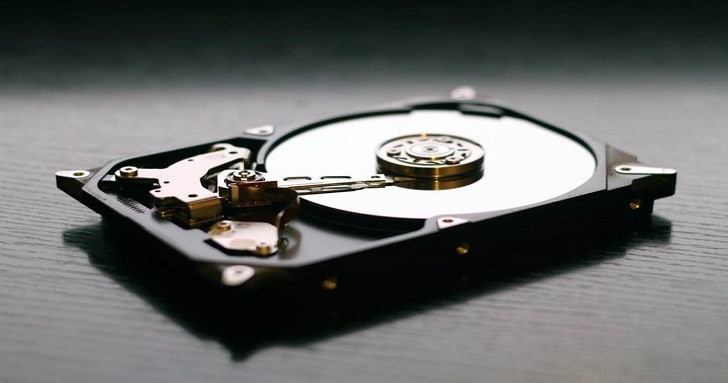When things with your computer go haywire, you’re left wondering what’s wrong. It can take time and money to guess, executing a bit of trial and error until you find out.
Instead of racing around trying to find out, check for these 5 problems typical of the Mac hard drive, following the corresponding solutions to get your Mac back up and running fast.
The Infamous Clicking Sound
While you may just want to check the health of your hard drive to see how your computer is doing, you may want to check it for other reasons like the infamous clicking sound. When your Mac’s hard drive starts to act up, it will make a clicking and grinding sound that will make you cringe. This sound is an indicator that something is going wrong that should be taken care of immediately. Other than a clicking noise, you may find other issues like these top 5 below.
Problem #1: Hard Drive Running Slow
When your hard drive starts to run slow, your software slows down, and everything seems to run like molasses. Tasks take longer, and apps and programs take longer to start up, creating a big mess. There are many reasons why your hard drive can start to run slow, including overloading it with apps and outdated updates. Whatever the case, you can deal with a slow-running hard drive in a few ways.
Solution: Boost Performance
To solve a slow running hard drive, you’ll need to boost the performance by freeing up space and cleaning up your Mac. Some of the top ways to clean up and free up your Mac are:
- Delete large files and documents you don’t use
- Tidy up your desktop
- Make sure software is up to date
- Throw out any unused plugins and widgets
Problem #2: Hard Drive Space is Disappearing
When you see the message “your startup disk is almost full,” you should take that as a warning to start going through your files. Even if you’re a responsible user and have a no-fail system to take all your downloads up to the cloud, you’ll wind up losing space because of junk that accumulates from surfing the web.
Solution: Increase Space
If you’re losing space, you’ll need to get it back. Find more space in your Mac by clearing out your Caches and checking out your downloads and trash folders. All of these take up a ton of valuable space that you’ll want to get back.
Problem #3: Hard Drive not in Disk Utility
In your Disk Utility window, your hard drive should show up. If you’re having issues finding it or getting it to show up, you might need to seek a professional.
Solution: Replacement
Most of the time, this issue pops up when it’s time to replace your storage device. It may be dead or, for some reason, not registering along with your system. If you feel like you’ve tried everything, take your Mac in to get checked out.
Problem #4: Disk Utility Cannot Repair
A lot of Mac users know about ‘First Aid’ and think of it as a godsend. While it can repair many things, sometimes it can’t stand up to damages or faults in a hard drive. If you’re getting the message “disk utility can’t repair this disk,” try and run a consistency check.
Solution: Consistency Check
Before running a consistency check, you might want to back everything up just in case. Once you have all essential files saved, head over to the ‘file system consistency check’ and select the proper keys to store your device.
Problem #5: Not Recognizing External Hard Drive
If you’re connecting an external hard drive, it should show up in two places. Whenever you can’t seem to find it anywhere, try a few of the fixes listed below.
Solutions: Unplug or Connect with Different Cable
When you can’t find an external hard drive, there could be an issue with your device or the hard drive itself. If you think it’s your Mac, try to unplug and replug your drive. If that doesn’t work, change out your cable or USB port. When none of these works out, you could have an issue with the hard drive. Try and connect it to another device before running more tests on your Mac.

